This post contains affiliate links. Please see our disclosure policy.
Shoulder pain can be very disruptive to your everyday life. And shoulder injuries can be complicated, so you’ll want to understand the shoulder itself and the different possible injuries before you begin with any of our exercises for shoulder pain.
If you have ever injured or hurt your shoulder, you know that lifting grocery bags, carrying a purse or even just trying to open a door can be impossible. But I am here to help!
Understand Your Shoulder
The shoulder is a ball and socket joint that connects your arm to your body. A rotator cuff is a group of muscles and tendons that help stabilize the shoulder. Any time you move your shoulder, you are using your rotator cuff.
The shoulder is remarkable in its movement pattern because this ball and socket joint can move in more directions than other places on your body.
For instance, your knee can flex and bend forward and back, while the shoulder can make circular motions and reach in cross patterns. On the other hand, this also makes the shoulder vulnerable to injury.
Due to all of the soft tissue in the shoulder, you are more likely to do damage or suffer injuries from repetitive poor movement patterns. Tendonitis, strains, tears, bursitis – these are all common issues that arise in shoulders.

Common Shoulder Injuries
Let’s take a look at these common shoulder injuries, the accompanying symptoms, and what the usual course of treatment is.
Following these descriptions, you’ll find some recommended exercises used in shoulder rehab to help regain your range of motion and build back strength once your shoulder is healed.
Tendonitis
Shoulder tendonitis is an inflammation injury to the shoulder. Tendonitis comes from repeated micro-trauma to the rotator cuff rather than from one specific injury.
Symptoms:
- Pain if you lift your arm straight or lay on your shoulder
- Shoulder pain when the arm is at shoulder height
- A “clicking” sound during the movement of the shoulder
Treatment:
- At first, symptoms, rest, ice, and take anti-inflammatories
- After the initial resting, you’ll want to regain your range of motion with physical therapy or specific exercises. (See below)
Bursitis
A bursa is a tiny fluid-filled sac that functions as a gliding disc to reduce friction between tissues on the body. Bursitis is inflammation of the shoulder bursa, which generally occurs from either injury or strain to the shoulder. If you lift things overhead or make repetitive movements like throwing a baseball over and over, you might be a candidate for bursitis.
Symptoms: The symptoms of shoulder bursitis are similar to shoulder tendonitis. In fact, these two injuries often occur at the same time.
- Localized pain, swelling or tenderness- usually the outside of the shoulder
- Pain that gradually increases over weeks
- Pain with motion of the affected area
- Pain when you lay on the affected area
Treatment:
- At first symptoms, rest, ice and take anti-inflammatories
- Specific exercises and/or physical therapy
- Releasing fluid from the bursa and/or injecting the area with Cortisone may be something a doctor suggests if symptoms persist
Sprain/Strain
A sprained ankle probably seems more common to most people, but you can strain or sprain your shoulder just as easily. In this injury, the ligaments that support and stabilize the shoulder are stretched or torn. These injuries can be minimal (grade 1) to very serious (grade 6) or anywhere in between. Most people experience minor strains – grade 1 or 2. Sprains come from an injury or accident whereas strains come from overuse or repetitive movement such as carrying a heavy purse or bag over the same shoulder or performing a large number of push-ups incorrectly.
Symptoms: The symptoms of shoulder sprains and strains are similar:
Sprains:
- Feeling a “pop” in the area followed by swelling and bruising
- Stiffness or instability near the affected area
- Warmth or redness of the affected area
Strains
- Muscle spasm, swelling or cramping
- Sharp pain at the site of the injury
Treatment:
- At first symptoms rest, ice and take anti-inflammatories
- Immobilize the shoulder with a sling or wrap
- Therapists may use ultrasound or other therapies to reduce swelling and inflammation as well as suggest exercises once the healing has taken place.
Treating Shoulder Pain
Treating shoulder pain involves RICE: Rest, Ice, Compression, and Elevation.
Sometimes using a sling or wrap to keep your shoulder immobilized helps move the healing process along.
After the initial days or weeks help the pain subside and swelling go down, you can move on to some shoulder exercises that might help you get your range of motion back and help the full healing process take place.
Exercises For Shoulder Pain
PLEASE NOTE: These exercises are not prescriptions specifically designed for you. Please see your doctor or physical therapist and find your specific injury and prescription for healing.
The following exercises are a small sample of many that are available, and your doctor or therapist will know which ones are right for you.
Pendulum Swing
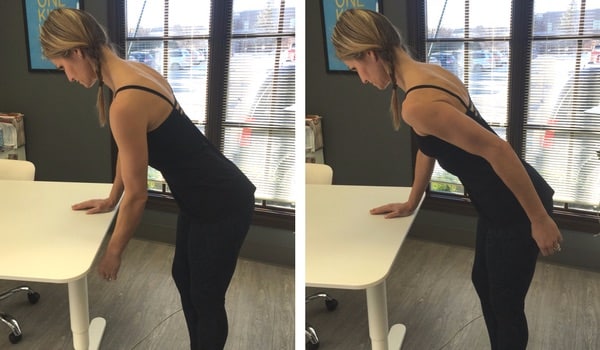
Equipment: None
Repetitions: 2 sets of 10; 5-6 days a week
Prepare your shoulder and warm it up with this move. Lean over a countertop or table, placing the non-injured hand on the table for support. Let your other arm hang freely at your side, then gently begin to swing it forward and back., side to side, and in a circular motion.
Door Jam Stretch
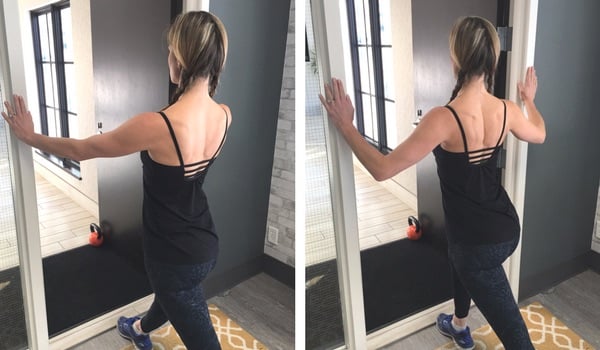
Equipment: None
Repetitions: 5; 5-6 days a week
Stand in an open doorway and grip the hands to the side of the doorway slightly below shoulder height. Put one foot in front and one behind, then lean slightly forward until you feel a light stretch. This is the start position. Now, with your spine straight, shift your weight into your toes until you feel a stretch in your shoulders. Do not overstretch. Pause for a moment, then roll back. Repeat five times.
Chair Shoulder Press-Ups

Equipment: None
Repetitions: 5; 5-6 days a week
Sit upright in a chair that has arms. Start by placing your arms on the chair arms and lengthen your spine to sit as tall as possible with your feet on the floor. Use your arms to lift your body slightly off the chair while simultaneously pulling your shoulder blades down behind you. Hold for 5 seconds, then lower back to seated. Repeat five times.
Shoulder Band Pull
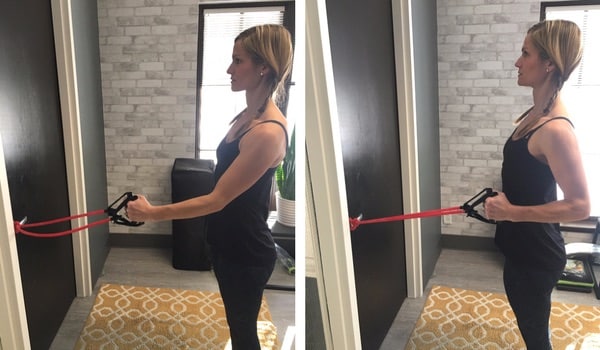
Equipment: Elastic Band or Tubing
Repetitions: 5-8 per arm; 4-5 days a week
Attach elastic tubing to a doorknob at home. Face the door holding the tube with your hand. Gently pull the elastic tubing toward your body with your elbow bent, keeping your arms close to your ribs. Hold for five counts, then slowly release. Keep your shoulder down, and don’t “scrunch.” Repeat five times; switch arms. (good to work both sides!)
Side-Lying External Rotation
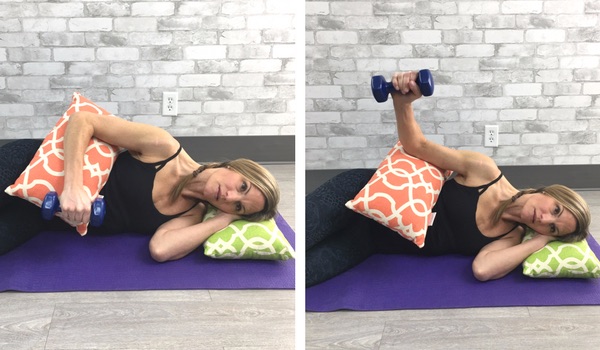
Equipment: light dumbbells
Repetitions: 8-10 per arm, 4-5 days a week
Lie on a firm, flat surface on the side of your healthy arm with a pillow or blanket under your head. Place the hand of your healthy arm under your head and hold the dumbbell in the hand of the injured arm, palm down and elbow bent 90 degrees. Raise the dumbbell slowly until the arm is at a vertical position (a pillow underneath this arm can be helpful for stability), then slowly lower down. (Switch sides if desired – it is good to work both shoulders)
Side-Lying Internal Rotation

Equipment: light dumbbells (1-2 pounds) or soup cans
Repetitions: 8-10, 4-5 days a week
Lie on a firm, flat surface on the side of your injured arm with a pillow or blanket under your head. Hold the injured arm against your side, elbow bent at a 90-degree angle, and holding a dumbbell. Raise the dumbbell slowly until the arm is at a vertical position, then slowly lower down. (Switch sides if desired – it is good to work both shoulders)
Dumbbell Reverse Fly
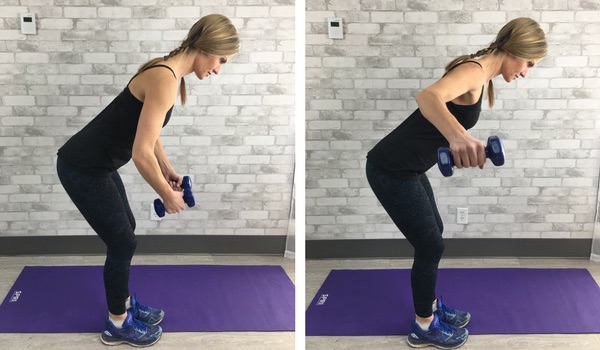
Equipment: light dumbbells (1-2 pounds) or soup cans
Repetitions: 8-10, 4-5 days a week.
Hold 3-5 pound dumbbells and stand with feet hip-width apart, hinge forward slightly from the hips keeping abs tight. Slowly raise your arms, extending them away from the body without shrugging your shoulders. Let elbows lead the way with hands follow. Release down slowly. Repeat ten times.
Wall Push-Ups
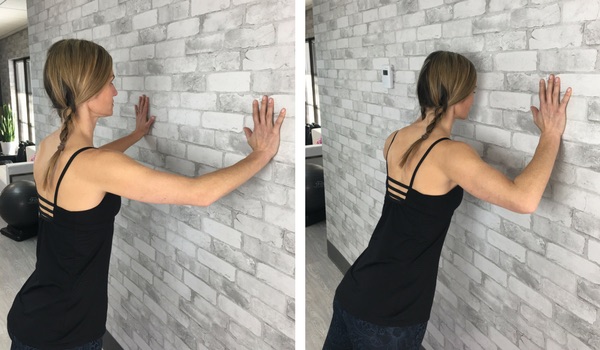
Equipment: None
Repetitions: 8-10; 4-5 days a week
Stand facing a wall with your hands on the wall shoulder-width apart. Slowly perform a push-up, lowering your chest toward the wall slowly, then pressing back. Elbows should angle behind you, not point straight out to the side.

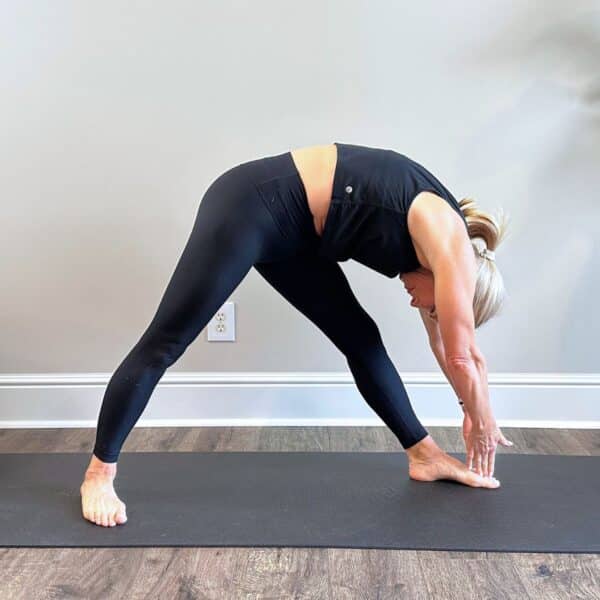
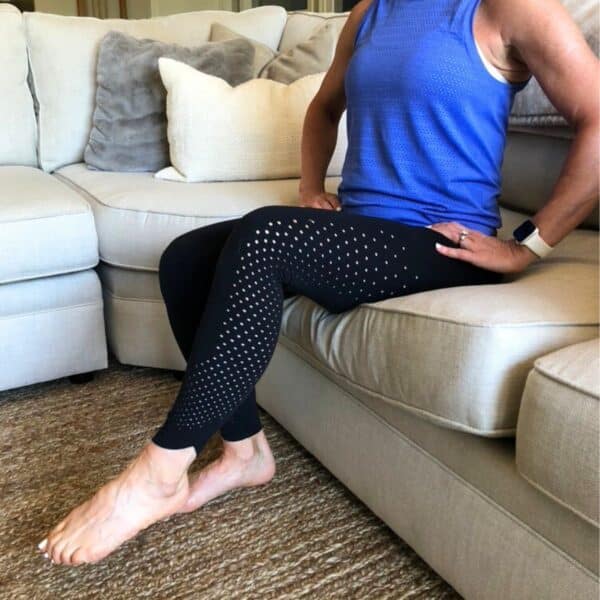
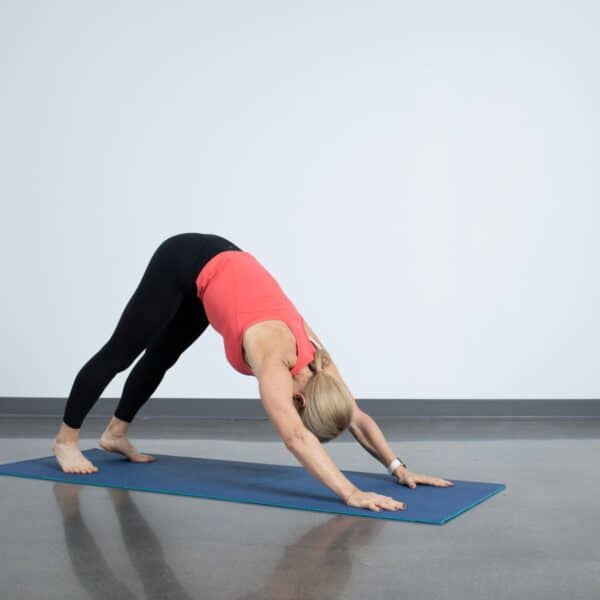



I find standing internal external rotation exercises are more practical than the lying down version shown in the video. Other than that I found the
These are just amazing exercise… loved it. Do you have some tips for neck pain relief.
I am so glad to hear that you enjoyed the exercises for shoulder pain! We certainly do have a full blog and video on trips for how to treat neck pain. I am going to attach the link to this blog here so that you can see these tips and watch the video on how to do some of these exercises!
https://gethealthyu.com/9-ways-to-treat-neck-pain-naturally/
Hope this helps!
Your content helped me a lot to take my doubts, thank you very much.
Really nice blog, Thanks for sharing this post with us.